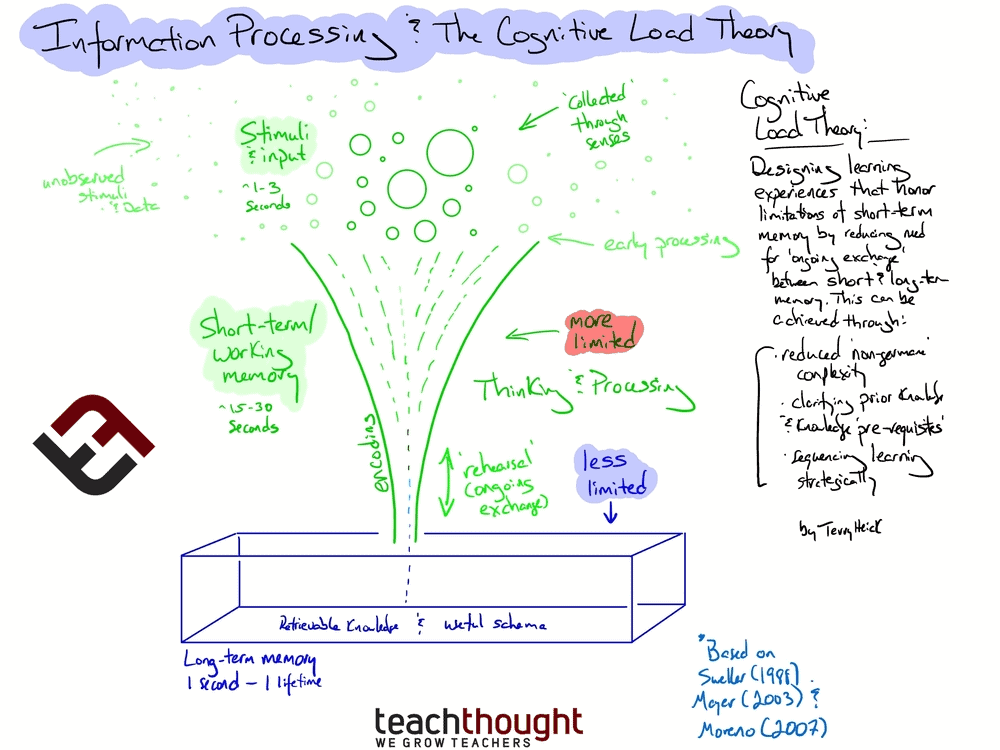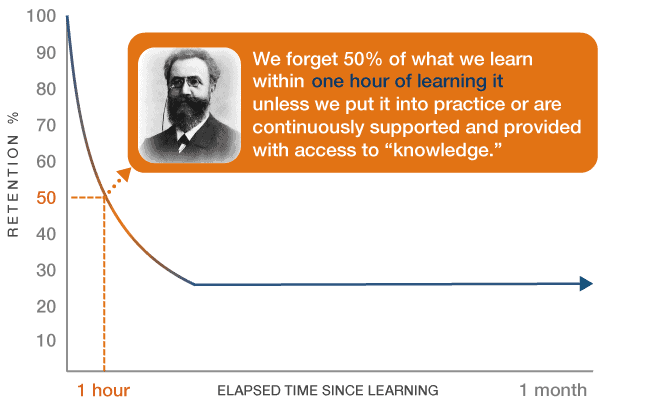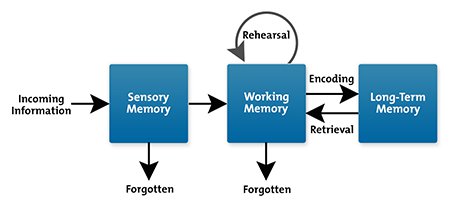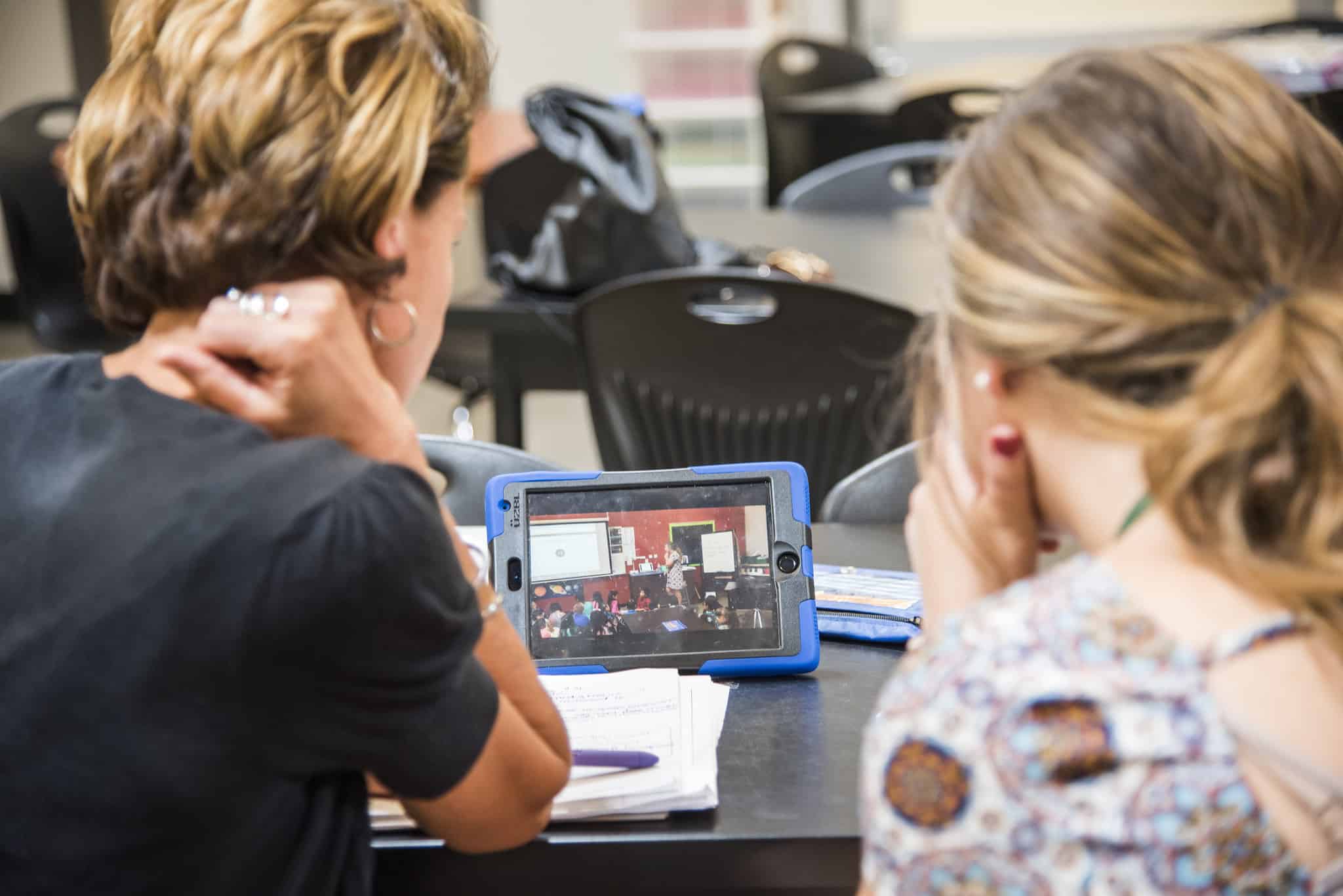The Power of Video Coaching
The St. Vrain Valley School District has become a national model for excellence in leveraging video and technology to support and accelerate teacher and student growth, curriculum implementation, innovative instructional strategies, and school-based professional development.
Why Video?
Video enhances coaching by providing heightened memory, objectivity and clarity for both teacher and mentor. Video becomes an objective third-point that anchors reflection, while breaking down barriers of perception bias and subjective recall. Video enables accelerated professional reflection and growth for individuals, coaching dyads or triads, small groups, teams, schools or across a district.
Memory
Cognitive Load
- We rapidly forget specific details from our short-term memory.
- Teaching and reflecting in the moment creates an “extraneous load” that interferes with learning.
- Cognitive Load Theory states that because short-term memory is limited, learning experiences should be designed to reduce working memory “load” in order to promote schema acquisition. When reflecting on the impact of their instruction, teachers do not have to remember all the details from a lesson. Video allows teachers to analyze the effectiveness of their instruction on student learning, because they have increased cognitive capacity to notice patterns. (See CLARITY)
- Video allows teachers to isolate audio analysis and visual analysis of instruction and student learning. This isolation reduces cognitive load and increases learning.
Ebbinghaus Forgetting Curve
Short-Term Memory Graph
Germane Cognitive Load
- Video allows teachers to isolate the elements of the teaching experience that are relevant to their instruction and student learning. This increases the ability of the teacher to learn and to generalize from a situtation.
Cognitive Load Theory

Ebbinghaus Forgetting Curve

Short-Term Memory Graph

Objectivity
Objective Data Point
- Video allows a teacher and coach to explore the same classroom interaction from multiple points of view.
- Seeing and reflecting on one’s own practice minimizes biased perception or incomplete noticing.
- Video provides an objective lens for observation and reflection, eliminating subjective recall after teaching a lesson.
- Coaching, reflecting and exploring of instructional practice in SVVS is grounded in frameworks and validated protocols. These processes are further enhanced through use of video. Four key protocols are:
- Tier 1 Instruction (SVVS)
- 6 Essential Components for Learning Technology (SVVS)
- STOIC (Safe and Civil Schools)
- MQI – Mathematical Quality of Instruction (CEPR-Harvard University)
Clarity
Noticing
There are three distinct types of noticing that video allows to happen as teachers examine practice.
- Noticing – in the moment. By watching video a teacher can see moment by moment details of the processes in their classroom.
- Noticing – student thinking. By watching video teachers see and hear how students go about the process of learning as well as potential problems.
- Noticing – the practice of others. Video creates opportunities to see into another classroom for individual and collaborative learning.
Pivotal Teaching Moments
- By noticing in the moment and student thinking teachers can then see patterns of instruction. These patterns may accelerate or slow the learning trajectory of students.
- Video provides clarity of the thinking and interactions to help a teacher make such distinctions.

